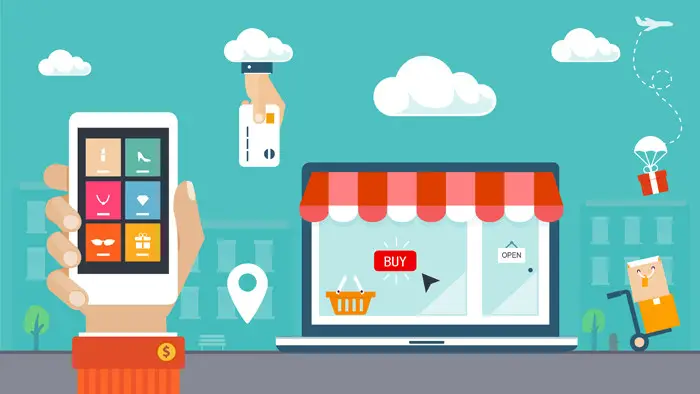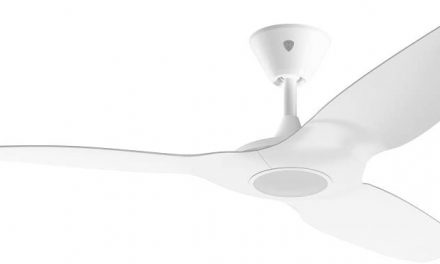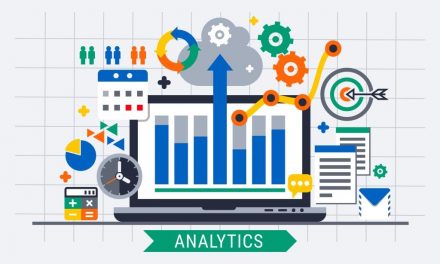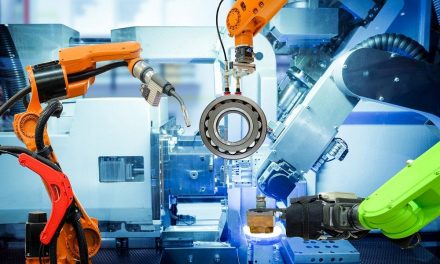The Internet of Things has become the backbone of many retail outlets. It is used to help the customers get a better experience, improve efficiency in supply and logistics and to increase profit. This article explains the use of IoT in retail.
Before we explain the various applications of IoT in retail, let us first define the term retail IoT.
Table of Contents
What is Retail IoT?
Retail IoT can be defined as a system of interrelated computing devices, mechanical and digital machines that are provided with unique identifiers and the ability to transfer data over a network without requiring human-to-human or human-to-computer interaction and serve to enhance the process of selling consumer goods or services to customers through multiple channels of distribution to earn a profit.
The retail industry used to use traditional methods, but after the introduction and widespread use of the Internet of Things, this industry started to adopt IoT retail. In this process, sensors are located in stores, and even in the clothes in order to gather data about consumer behaviour. Through technologies such as Machine Learning and cloud computing, this data is then analysed and processed. This data then gives the retail stores information, showing them new opportunities to exploit as well as new ways for them to improve their existing strategies.
Benefits of Retail IoT
1. Better Customer Experience
Various retail IoT sensors are present within shops, as well as in the products e.g. clothes. These sensors provide valuable data. In addition, data from surveillance cameras, social media and mobile devices is used and analysed. All of this data is then processed using cloud computing, and provides the retailers with better, more accurate opportunities to predict consumer behaviour and wishes. The values for the customers is that they end up receiving adverts that are relevant to them, and they get personalized offers that will help them save their hard earned money.
2. Improved Supply Chain Management
Retail IoT sensors such as GPS sensors and RFID tags can offer a comprehensive picture of the movement of goods right from manufacture right up to the shelf in the retail outlet. This helps show crucial information such as temperature which is a very important factor in perishable foods. This allows the retailers to immediately take preventative measures to avoid food spoilages and, thus, avoid unnecessary losses.
3. Smart Inventory Management
Retail IoT sensors allow for accurate inventory tracking. This avoids problems such as stock outs, overstocking and shrinkage. Technologies such as RFID based inventory management systems helps the procurement planning process at every level of the supply chain. When the products begin to run out, the inventory management system can automatically reorder the necessary items based on the data analytics present.
4. Automated Checkout
IoT in retail addresses one of the most dreaded processes in retail – the checkout process. This process is labour intensive for the retail stores and is very unpleasant for customers. IoT in retail allows for the customer to experience and automated and personalized checkout. In this process, the checkout system will simply read tags on each item as the customers leave the store and automatically charge the customer’s mobile payment app.
Applications of IoT in Retail
1. Automated Checkout
In this application of IoT in Retail, the company Caper Lab designs and develops smart self-checkout carts powered by Amazon Go’s AI sensor and image recognition technology. In this application, a customer simply chooses items he or she wants, picks them from the shelves, scans the barcodes, drops them in the cart and pays directly on the cart when shopping is done. There is no cash needed, and there is no need to wait in line.
2. Warehouse Space
In this application of IoT in Retail, the company Flexe provides on-demand warehousing. It achieves this by using its cloud based platform. In this application, companies that need space are connected with companies that currently have a surplus of space in their warehouses. This greatly enhances the logistics process as the companies that are in desperate need of storage space will not need to manually hunt for a free warehouse.
3. Smart Shelves
In this application of IoT in Retail, the company Kroger uses over 2000 smart shelves which are equipped with RFID tags that read items and send the data to an IoT system. This data can then be used by the retailers to check if a product is about to run short. The customers also benefit as the smart shelves can be integrated with the digital shopping lists of the customer. The smart shelves light up when an item on the list is nearby.
4. Supply Chain Logistics
In this application of IoT in Retail, the company Tive helps retail users be notified of the state of their goods in transit. They have a proprietary sensor based solution which is coupled with their proprietary software. This is used to notify the retail users about tilt, shock, vibration and other factors that may cause great damage to the goods of the users. This helps for the retail users to update their customers in advance if any damage occurs to their goods. They can immediately request for a replacement shipment. In addition, the Tive users are able to identify where exactly the damage occurred so that in the future, a different, safer route can be used.
5. Traffic Flow
In this application of IoT in Retail, the company Flonomics helps retail stores to adjust their staff to meet the current demand. They incorporate retail data analytics technology, and this technology is then used to determine the optimum staffing levels that correspond with the different dates and times. They also gauge traffic flow, improve marketing strategies and they help enhance the customer service.
Conclusion
This article has given the definition of retail IoT. The various advantages that are associated with retail IoT were clearly brought out. In addition, the various applications of IoT in retail were given. We hope that you now understand how IoT is revolutionizing the retail industry.






